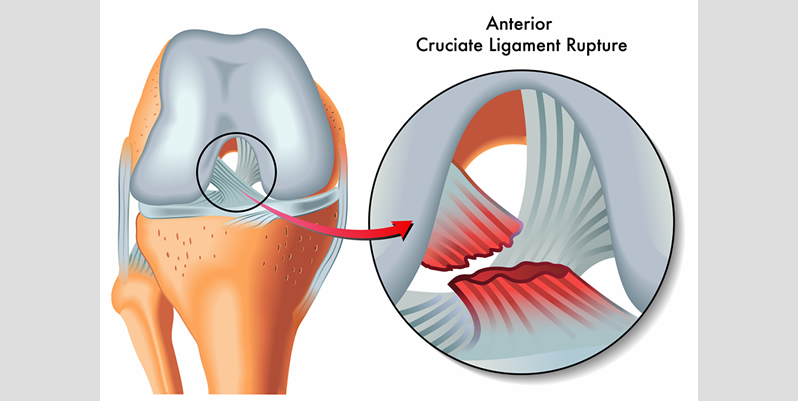ACL surgery can improve the stability and mobility of the knee joint after the anterior cruciate ligament has been torn. The procedure will reconstruct the ligament using a tendon taken from elsewhere in the body in order to provide support for the formation of a new ligament.

The anterior cruciate ligament or ACL is a band of tough tissue that connects the bones in your knee. It helps to keep the joint stable, so if it is damaged it can have a significant impact on the function of the knee. Sports injuries are the most common cause of ACL tears, but the ligament can be damaged by any kind of knee injury. A torn ACL can make the knee unstable, reduce the range of motion, or make it difficult to perform some kinds of movements. The effects are most obvious if you participate in sports that require sudden turns or changes in direction. Reconstructive surgery may be recommended in order to restore your mobility if the injury is having a significant impact on your lifestyle. If the knee is fairly stable and you don’t participate in much physical activity, it might not be necessary to have the operation. However, it’s important to discuss the treatment options with a specialist as delaying the decision could allow more damage to occur.

Reconstructive ACL surgery is usually performed as an arthroscopic or keyhole procedure. This is usually performed under a general anaesthetic. It isn’t possible in most cases to repair a torn ligament, so the doctor will reconstruct the ACL with a graft. The graft will usually be thin lengths of tendon graft taken from your hamstrings or sometimes your patella tendon. In the revision situation Mr Dawson usually takes the excellent thick graft from the quadriceps tendon above you kneecap .piece of tendon will be taken from your kneecap, hamstring or elsewhere. It will be carefully positioned and fixed to the knee joint in the same place as the native ACL. Once the graft has been attached to the thigh and shin bones, the surgeon will check that it has the right tension and range of motion. The graft will act as a scaffold for the damaged ACL. It will encourage a new ligament to grow along it in the correct position for the ACL. Once the graft has been checked, the surgical incisions will be closed up and you will be taken to the recovery ward, where you will usually stay overnight.
Recovering from ACL surgery takes about six months. However, it can take a year before you will be ready to return to strenuous physical activity such as sports. Physiotherapy can help you to recover your strength and mobility.

If you are considering surgery for a torn ACL, get in touch to arrange an appointment with an experienced surgeon at the Cumbrian Knee Clinic.
Matt I just thought you might like to know how successful the ACL graft wasafter my ski accident last year. I had the opp at the end of April. I am juston my way back from 4 great days skiing in the alps. I am still doingphysio and exercises and am not 100% yet but am well on the wayThanks to your work am well on the wayWill Riple
Matt Dawson is a Specialist Knee Surgeon with over 16 years Consultant experience. Matt is internationally renowned as one of the leading authorities on knee realignment surgery
Specialist Knee Surgeon
Over 16 years Consultant experience
Internationally Recognised
Patient Centric Approach
Holistic Approach
Enhanced Recovery Programme (ERP)
Leading in Knee Realignment Surgery
Matt practices in the North of England and is available
to see patients from all over the UK
Circle Health group
Meadowside, Lancaster
Lancashire, LA1 3RH
Phone: 01524 62345
Fax: 01524 844725
Clayton Road,
Newcastle upon Tyne,
Tyne and Wear, NE2 1JP
Phone: 0191 281 6131
Cumbrian Knee Clinic @ Penrith
Community Hospital
Bridge Lane
Penrith, CA11 8HX
Phone: 01697 282119
Fax: 01697 282119








Copyright 2024 The Cumbrian Knee Clinic. All rights reserved.